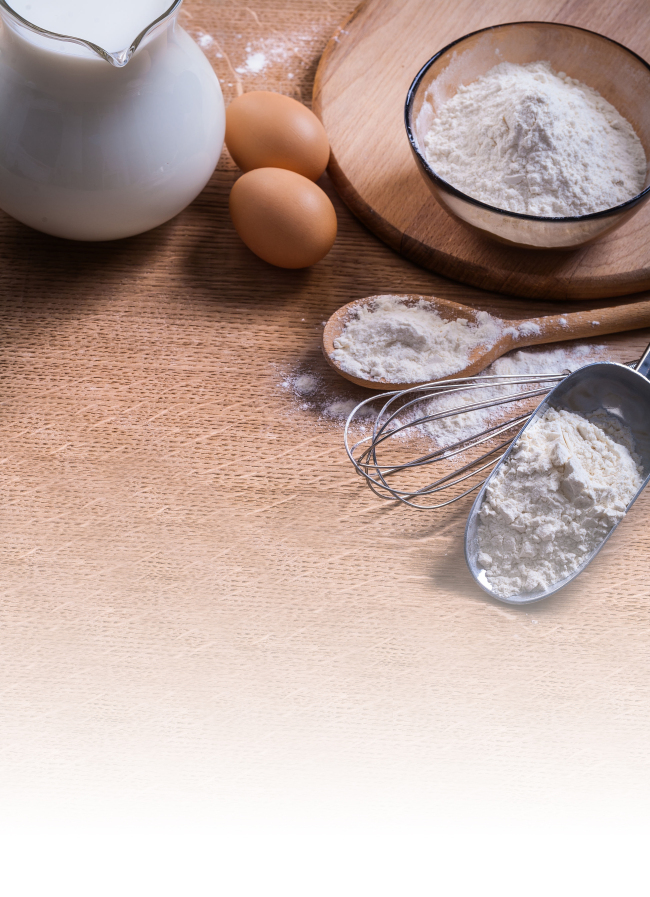[Weekender] Soft or crusty ― bread that Koreans fall for
From Japanese-style classics to authentic French pastries, variety grows in Korea’s bread scene
By Lee Woo-youngPublished : June 5, 2015 - 21:25
A hot, steamy bowl of rice was long considered an irreplaceable staple in Korean breakfast.
“You manage a day with the power of rice,” Korean moms would tell their kids, encouraging them to finish their meal.
This centuries-old, typical morning scene is changing rapidly now.
Bread, which arrived in Korea through Japan only in the 19th century, is fast emerging as a tasty and convenient alternative to rice.
At a Seoul branch of French bakery Gontran Cherrier, croissants and champagne with walnuts or cranberries are among the best-selling items in the morning.
“You manage a day with the power of rice,” Korean moms would tell their kids, encouraging them to finish their meal.
This centuries-old, typical morning scene is changing rapidly now.
Bread, which arrived in Korea through Japan only in the 19th century, is fast emerging as a tasty and convenient alternative to rice.
At a Seoul branch of French bakery Gontran Cherrier, croissants and champagne with walnuts or cranberries are among the best-selling items in the morning.

“Customers living in this neighborhood come here to buy their morning bread,” said a staff member at Seorae Village branch of the French bakery, who wished to be anonymous. “Those who buy croissants customize their own breakfast. They eat them with fruit jam or a slice of ham.”
Statistics back this up.
While bread consumption has been on a solid rise, that of rice fell to its lowest level in 2014.
Average Koreans now consume 65.1 kilograms of rice per year, less than half what they ate in 1970. In terms of daily consumption, it means that Koreans barely eat two bowls of rice a day.
Daily bread consumption jumped from 10.7 grams in 2008 to 18.2 grams in 2012, according to the Food Industry Statistics Information of Korea Agro-Fisheries and Food Trade Corp.
Due to historical reasons and perhaps the similarity between the Korean and Japanese palate, much Korean bread bears resemblance to Japanese bread: soft and fluffy with cream or red bean fillings that add a slight sweet flavor.
Japanese-style “soboro” streusel bread, which is crunchy outside and soft inside, and “patbbang,” a sweet red bean bun, are staples at Korean bakeries.
Growing out of the Japanese influence, some local bakeries have developed their own world of bread, introducing unique twists that highlight the sweet and nutty flavor that Koreans love.
Sungsimdang in Daejeon is popular for deep-fried soboro and chive bread, stuffed with chives, the key ingredient in Korean vegetable pancakes. PNB Bakery in Jeonju attracts thousands of tourists who come to try the bakery’s signature cake “choco pie,” two chocolate cake sheets glued together with strawberry jam and butter cream.
It is impossible to discuss the Korean bread scene now without mentioning one particular bakery ― Sang Mi Dang, which started in a small town in the North Korean province of Hwanghae in 1945 as one of the first Korean bakeries, and has now grown into confectionery behemoth SPC.
SPC now runs 3,254 Paris Baguette bakery chains in Korea and 176 foreign branches in the U.S., Singapore, Vietnam, China and France.
Its rival Tous Les Jours of conglomerate CJ runs more than 1,000 stores nationwide and is also growing internationally, opening outlets in the U.S., China, Vietnam, the Philippines and Indonesia.
In a relatively new trend, bakers trained in Europe, particularly in France, are mounting a challenge to the two giants. Riding on the growing demand for healthier, slow bread and authentic European tastes, these independent bakers are churning out bread made with natural starters and quality flour.
By Lee Woo-young (wylee@heraldcorp.com)










![[Today’s K-pop] BTS pop-up event to come to Seoul](http://res.heraldm.com/phpwas/restmb_idxmake.php?idx=644&simg=/content/image/2024/04/17/20240417050734_0.jpg&u=)
![[Graphic News] More Koreans say they plan long-distance trips this year](http://res.heraldm.com/phpwas/restmb_idxmake.php?idx=644&simg=/content/image/2024/04/17/20240417050828_0.gif&u=)





![[KH Explains] Hyundai's full hybrid edge to pay off amid slow transition to pure EVs](http://res.heraldm.com/phpwas/restmb_idxmake.php?idx=652&simg=/content/image/2024/04/18/20240418050645_0.jpg&u=20240419100350)

